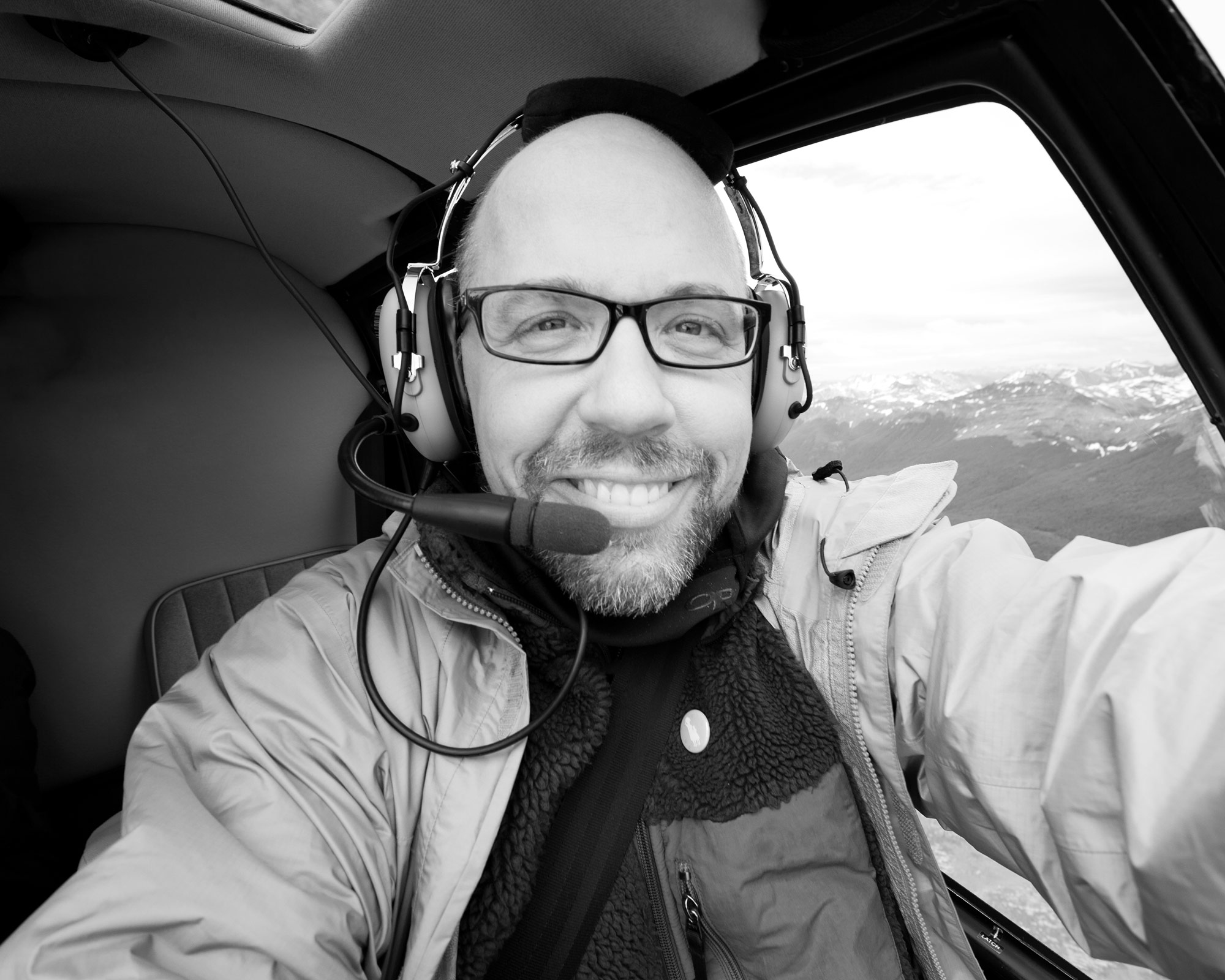
- Interview by Tina Essmaker July 22, 2014
- Photo by David duChemin
David duChemin
- photographer
- writer
David duChemin is a world and humanitarian assignment photographer, best-selling author, international workshop leader, and accidental founder of Craft & Vision. When not chasing adventure and looking for beauty, David is based in Vancouver, British Columbia.
Tina: Describe your path to becoming a photographer.
I like the notion of journeying or pilgrimage—not because the point is ever arriving at where we’re going, but because the journey is the point. My path has been a zigzag. (laughing)
It seems that, at some point, most photographers had someone put a camera in their hands and it made sense to them as a medium. My dad gave me a little camera when I was a kid, and I spent all of my time with a frame in front of my face. Seeing everything through that exclusionary box simplified the chaos of the world for me. I started becoming serious about it around age 14, when I bought a little camera at a garage sale with the intention of becoming a so-called professional photographer.
Right before I left high school, I had a job shadowing experience at a local photography studio. I only spent a day or two there, but it felt like a week. I didn’t actually do any photography: I cleaned the studio, swept and mopped the floors, and filed negatives. In hindsight, it was appropriate because when you’re a working creative of any kind, there is so much that goes into your work that is not creative. A large part of it includes cleaning up the mess from your creation and getting ready for the next project. But seeing that at the time made me think, “This is not what I want to do: I want to make photographs.” I didn’t want to do the peripheral work, which is funny because now that I’m in my early 40s, I thoroughly enjoy that part of photography.
Anyway, after I graduated, I spent a summer in the Amazon building a school for street kids, then ran off to theology school as a bright-eyed, idealistic young adult. I spent five years between two different theology schools, and it was an interesting experience for someone who likes to ask as many questions as I do. (laughing) I found myself being fed answers instead of being encouraged to ask questions. Oddly, instead of doing what everyone else was doing, I did a 12-year career in stand-up comedy after graduation.
Oh, my goodness!
Yeah. From my perspective, it made complete sense, but everyone else shook their heads about it. I had always worked with kids, whether during the summer, like when I went to Peru, or throughout college. Because of that, my comedy style was oriented toward families and kids.
When I left my career in comedy, I did so to go back to my love of photography, and to be a humanitarian photographer. I spent the next eight years doing humanitarian photography for larger non-government organizations (NGOs), like World Vision and Save the Children. I traveled to places like Africa and Southeast Asia.
Then, three years ago, I had an accident in Italy. Unfortunately, I reference it far too much because it has become such a pivotal event in my life. I fell 30 feet onto concrete and shattered both of my feet. I just had my third surgery, and I’ve been on somewhat of a hiatus since that accident. (sighing) It has been a long recovery. In the past three years, I’ve wondered, “How can I still fulfill my creative longings?” I’ve done a little bit of assignment work, all pro bono, and I’ve put more attention into personal projects and photographing landscapes, which are less demanding than 12-hour days as an assignment photographer. I’ve been focusing on writing books and expressing what I want to about longing, beauty, and the natural world. Now, I’m working as a publisher, writer, and photographer. I’ll do almost anything I can just to get my fingers in the paint, be creative, and still put food on the table.
You’re now in Vancouver. Have you always lived there?
No, I’m the worst kind of Vancouverite—I’m a convert, and zealous about it. I absolutely love it. I mostly grew up in Canada, in Ontario, where the snow is up to your armpits most winters. One day in college, I found out that there was a magical city on the other side of the country that had no snow in winter and no mosquitoes in summer. I hopped into a car as quickly as I could after graduating, and I’ve now been here for about 20 years.
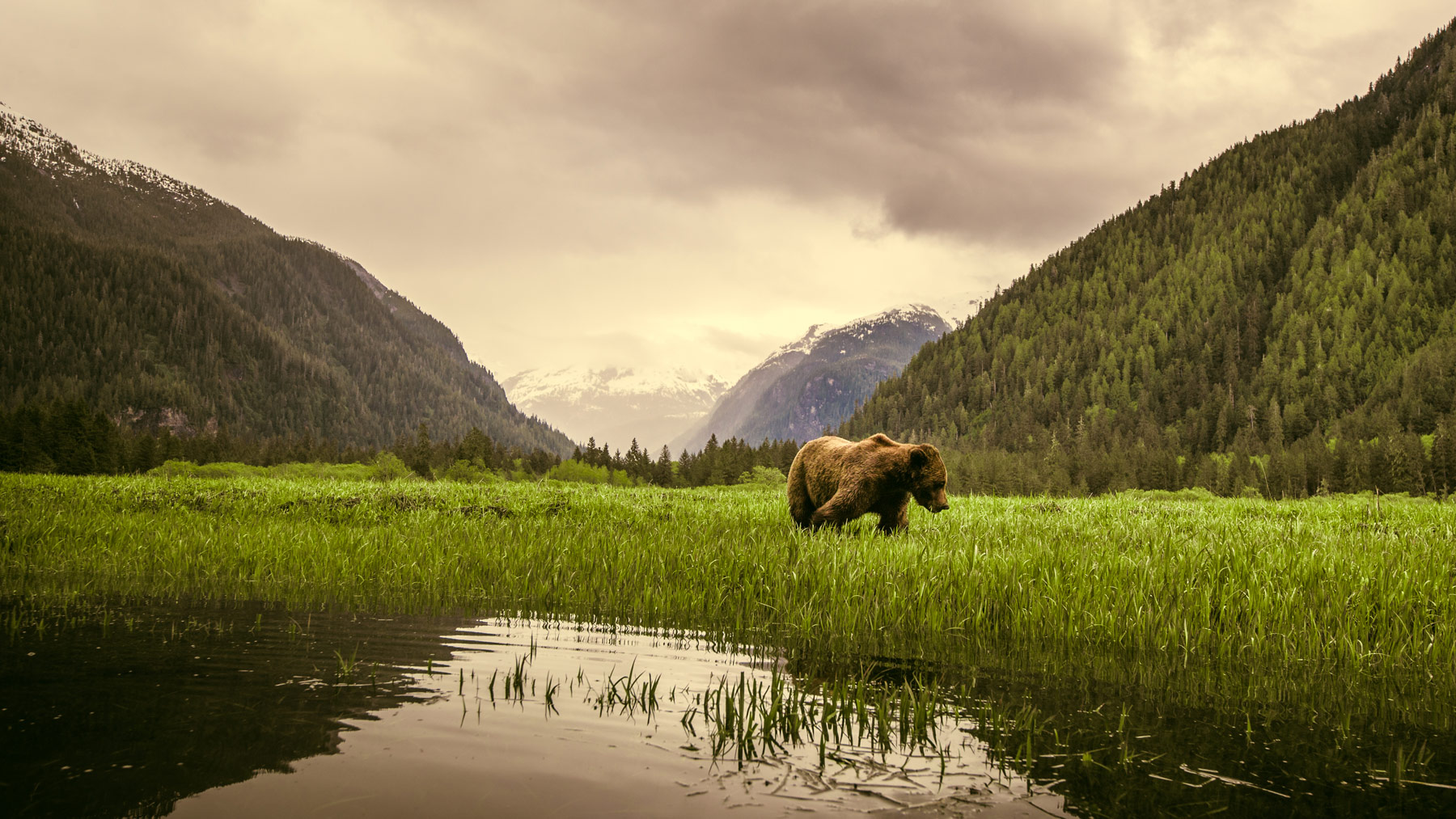
You were interested in photography, then went to school for theology, then you were a stand-up comedian, and then you went back to photography. Did you have any “Aha!” moments along the way when you knew you wanted to do something else or return back to photography after all those years?
Yeah. (laughing) I have a lot of “Aha!” moments. My friends say one of my biggest talents is my ability to reinvent myself. I think it’s the ability to wake up one morning and realize that I’m becoming a different person and the labels that have been applied to me for one part of my life no longer apply. I thoroughly enjoyed being a comedian: I have no regrets about it, but I’m glad I’m not doing it now. That’s because, like everyone else, I have become a different person over the years. These “Aha!” moments probably happen every 10 years, but maybe as I get older, the time span between them is shortening.
In terms of photography, the “Aha!” moment was when I got off of a plane in Port-au-Prince, Haiti. I was still a comedian; I had an agent in Nashville and was touring North America. An organization that worked with children in Haiti had contacted me in hopes that I would do a show and then give an awareness and fundraising pitch for them afterwards. I told them I was open to it, and that I would love to see what they were doing. Although I had made the decision not to do photography professionally, photographing for myself had always been a passionate sideline. I guess they were looking me up on the web to make sure I wasn’t a creep or something, and they found my personal photography website. They asked me, “While you’re down here, would you mind staying a little longer to do some photography for us?” I said yes, threw my cameras in my bag, and flew down.
During that period in my life, I had been wondering, “How long am I going to do comedy?” As soon as I had taken a dozen photographs in Haiti, I thought, “This is it. This is what I want to do.” I loved photography, but I had never known what I wanted to do with a camera. I didn’t know what stories I wanted to tell, so I was a bit aimless. But shooting photos in Haiti galvanized me quickly. I suddenly realized that I wanted to tell stories that made a difference.
At the time, there was—and still is—charity work in relation to development in Africa and Southeast Asia. There were a lot of photos of kids with bloated bellies and ribs sticking out and flies buzzing around their eyes. But you can only raise money leveraging pity for so long. In my travels, I have found so much more to that story. I started making a career out of photographing people and telling stories based on hope, not pity. Not to shy away from the difficult stories, but I’m not a photojournalist. There are much, much more capable people telling the darker, but necessary stories. I don’t see the point in making photographs for an organization that is taking donations if they’re not showing the change that is happening.
That has been the focus, but all of it goes back to that “Aha!” moment when I got off the plane in Haiti and realized that this was what I wanted to do for the next part of my life. I loved making people laugh—I still like making people laugh—but the more you travel and the more you see of this world, the broader you think about it. It wasn’t enough for me to make people laugh: I wanted to do something more lasting and significant.
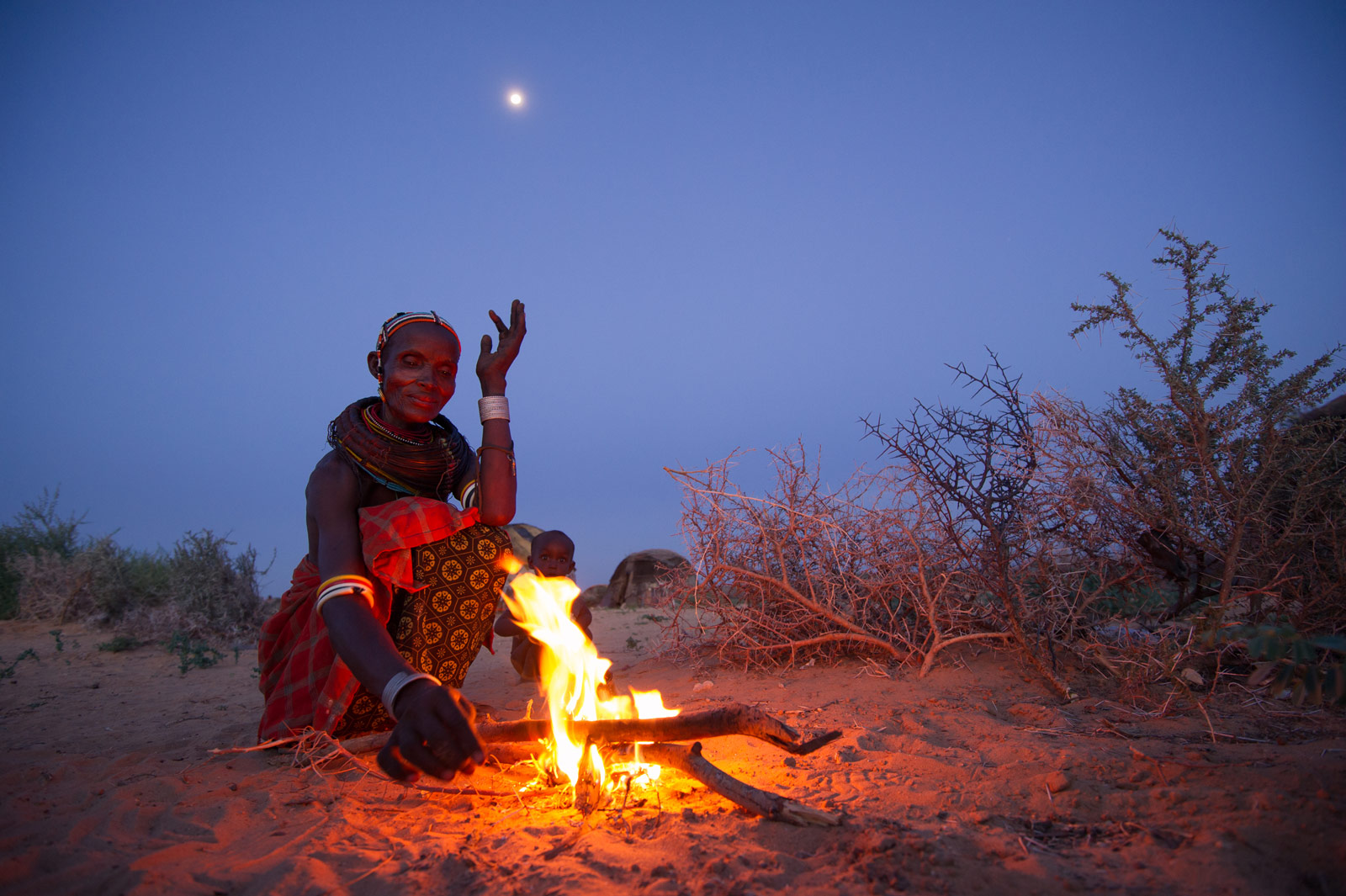
“The skill set involved with being a photographer is so much bigger than the ability to use a camera…It’s the vision, the passion, the curiosity. When you’re photographing people, it’s the patience, compassion, and the ability to relate to another person.”
Have you had any mentors along the way?
I haven’t had anything like a long-term mentor, per se, but I draw from a lot of wells.
The people in the photographic community have been so good to me in accepting me as a colleague. A lot of these photographers have literally been doing it since they were in high school and have just kept doing it. When I came back to photography—and I entered this industry fairly late—the welcome that I received was wonderful. A lot of my peers are people who have been doing this for a long time. People like Joe McNally and Ami Vitale have been generous with their friendships and networking connections.
Besides having mentorship from my peers, I’m a voracious reader, so I get a lot of my learning and guidance from people who wrote a generation ago and are still relevant. I read the classics from people like Andreas Feininger and Henri Cartier-Bresson. There is a wisdom to what they say because a lot of it was written toward the ends of their careers. I’m hesitant to say that they mastered their craft, but they were certainly well on their way to that journey of mastery. Nowadays, a lot of what is being fed to the photography community—and to almost any of the creative communities—is from people who are sharing as they discover on those intermediate stages of their journey. There is something powerful about that, but it is a different kind of wisdom than the wisdom from those who look back on what they’ve learned over a much longer span.
As you get older or have been in your career longer, you naturally tend to evaluate things differently. It’s interesting to hear from people who have been at it longer.
The older you get, the less tolerant you become of bullshit, and the less time you have for the bullshit. That’s a positive development, but it can also make you terribly cynical. But I’ve been cynical since I was a kid, so I’m in no danger of changing in that way. (laughing)
I like to believe I’m always a learner, and listening to those more seasoned voices is crucial. As a photographer, I’m in an industry and working on a craft that is so technologically heavy, and I rely on that technology. There are voices pushing us to keep up with the gear, but I would lump some of that in with the bullshit. The older voices are the ones who are saying, “Over a lifetime, here’s the camera I used, and I still made iconic photographs.” We need those voices to remind us to focus on what’s important.
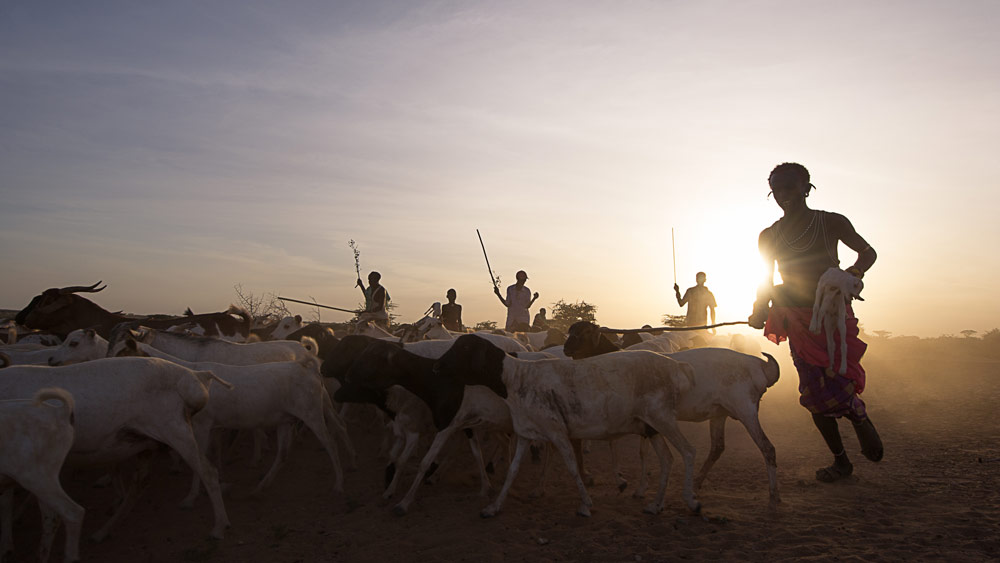
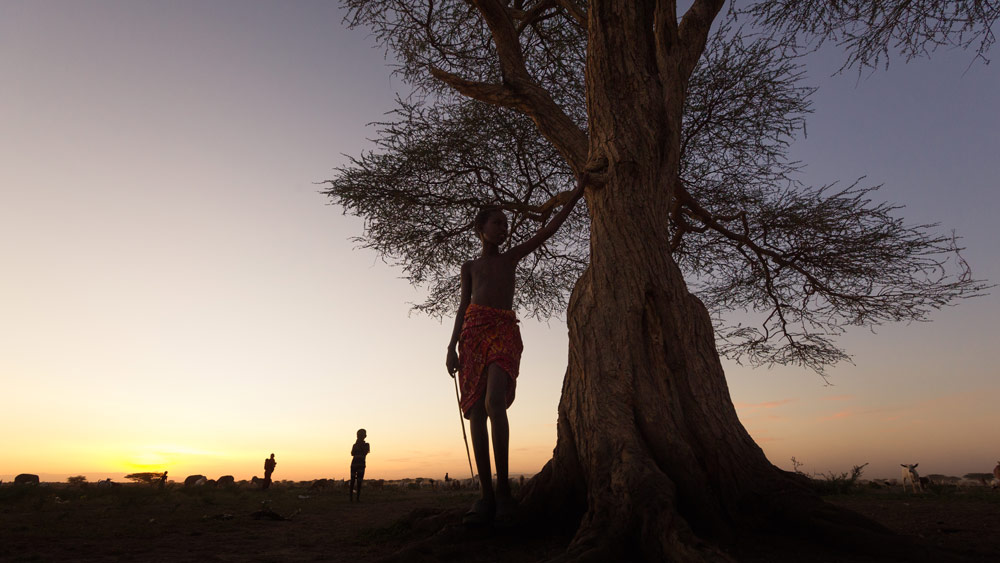
I love what Zack Arias said in his interview: “It’s not about the gear. You have to become a better photographer first, then you can get the gear.” And it’s that way no matter what discipline you’re in.
I would even argue that knowing how to use a camera—and I have to be careful about how I say this—is almost irrelevant to being a photographer. The skill set involved with being a photographer is so much bigger than the ability to use a camera. In fact, these days, the cameras are so good that if you know how to use any of the automatic modes and can press a button, then you can make a sharply focused, well-exposed photograph. Is that what constitutes a good photograph? Not even remotely. It’s the vision, the passion, the curiosity. When you’re photographing people, it’s the patience, compassion, and the ability to relate to another person. All of that has so much more to do with making a photograph that connects with others than the camera. The most iconic photographs of the last century were made with cameras that don’t even touch what we have today.
Technical skills are important, but they’re not everything.
Absolutely. Craft matters, and most of the books I’ve written talk about craft in context. Zack and I are both on the same bandwagon about gear, in part because gear is so expensive. These young photographers are bankrupting themselves! Zack and I both have down-and-out stories about literally hitting bottom. I don’t believe Zack actually went bankrupt: I did. When I filled out the bankruptcy form, there was a line that asked my reason for bankruptcy and I wrote, “Optimism.” (both laughing)
My trustee said, “Maybe you should change that,” and I replied, “But this is the best possible way for me to express it!” I changed the reason to “seasonality of work,” which didn’t remotely touch on the fact that I had went bankrupt because I was stupid. I thought that everything would be better if I bought the new $3,000 lens—then the real work was going to start rolling in. What a bunch of baloney! If you can’t get clients working with whatever camera you have now, you certainly won’t get them because you have a more expensive camera.
Did you go bankrupt after returning to photography after all those years?
My bankruptcy happened during my transition from comedy to photography. My bankruptcy wasn’t so much a result of buying expensive lenses as buying expensive everything else. I didn’t learn my financial lesson in a safe environment, like when I still lived with my parents: I learned it from a bankruptcy trustee after a bank had taken everything from me. (laughing) I tend to learn lessons the hard way.
We’re not trying to air your dirty laundry, but so many of us struggle with finances. It’s interesting to hear about the business side of doing something creative for a living. That’s tough stuff. Most of us learn about it from experience.
Wisdom comes through some hard knocks sometimes. As a society, we don’t like talking about money, especially people who identify as artistic or creative. There is this weird notion that if money is important to you, then you can’t be a legitimate artist. Well, let me tell you: no matter how artistic you are, when you’re going through bankruptcy, you will spend even more time thinking about money than if you’d been smart from the beginning. It’s time for creative people to stop seeing money as a bad thing, and see it as a door to possibilities instead. When you have an income that works, you can focus on other pursuits.
There were patrons of the arts for several hundred years, and that’s how artists made a living. Now, we have the incredible opportunity to be our own patrons with the advent of the Internet and the accessibility of huge audiences. Whether or not you “sell out” is sort of a spiritual issue—that’s between you and your art. But if you sell your art, if you can serve an audience and provide value with what you create, then it can be something truly beautiful. If you can create a large enough audience, I truly believe you can make a living as a creative person. But you need to be wise about your finances.
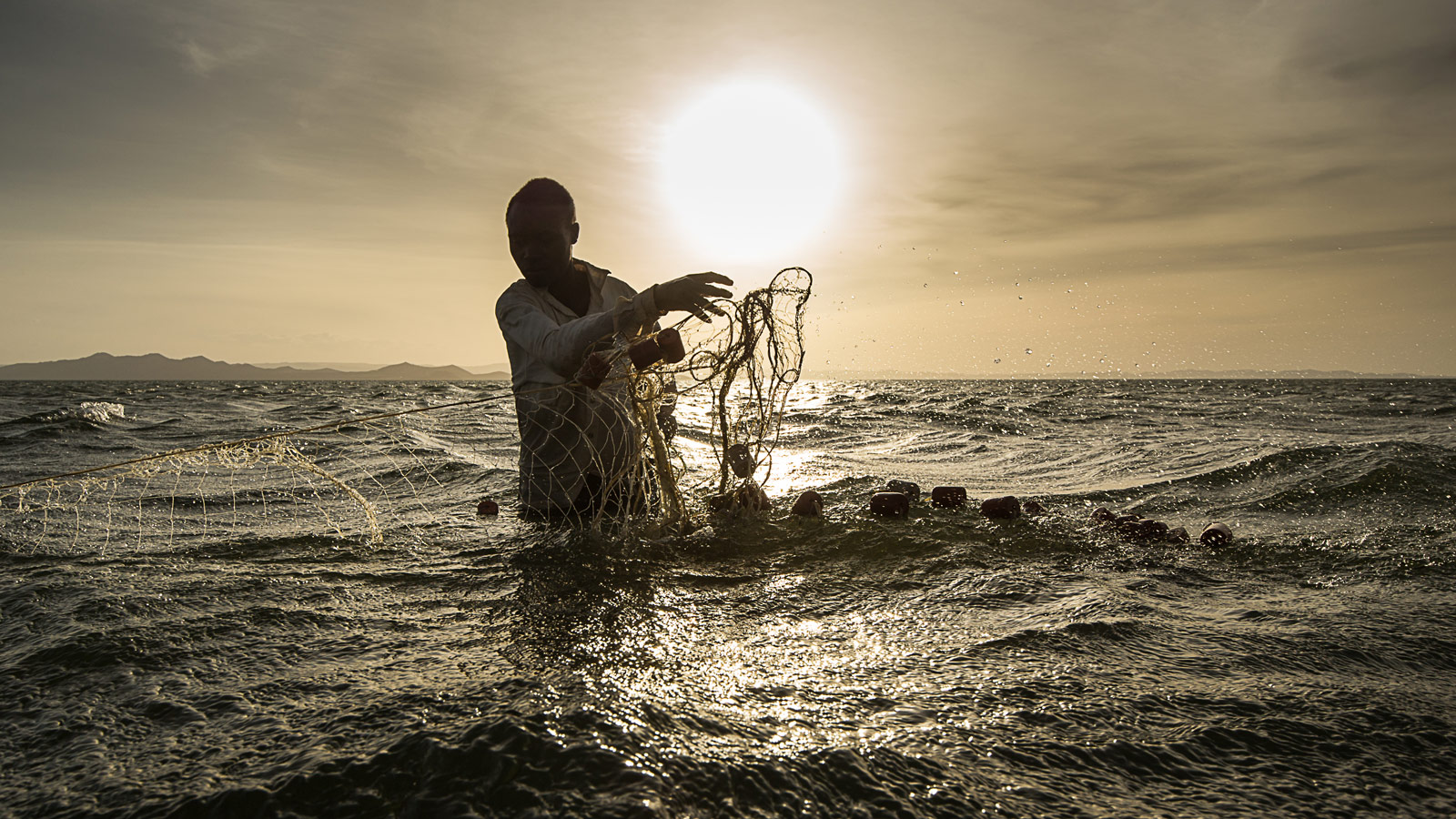
“It’s time for creative people to stop seeing money as a bad thing, and see it as a door to possibilities instead. When you have an income that works, you can focus on other pursuits.”
Has there been a point when you’ve decided to take a big risk to move forward?
Yeah, and the times I haven’t decided to, I’ve been pushed into it. (laughing)
I started a new venture five years ago, and it didn’t go at all according to plan. In my humanitarian work, I often interact with children and animals, and many of the organizations fundraise by asking people to help buy an animal for a child in a village. These animals either allow food to be put on the table, or, in the case of chickens, provide eggs and can be bred and sold to provide an income. To subsidize my humanitarian work in part, I thought why not photograph people with their pets when I’m at home? People spend a lot of money on their pets, especially in metropolitan areas.
At the same time I was starting that project, there was an idea hatching in my brain about making a book. I had no idea what the book was going to be, but I knew I couldn’t do both. I chose the latter, which became my first book, Within the Frame. That was a larger risk for me because I thought there was so much income at stake, but no one would have hired me to photograph them with their dogs. The book did very well and became a bestseller in the photography world. It grew my audience to the point where I can now do what I do. It was a risk, but it paid off.
Are your family and friends supportive of what you do?
Oh, hugely. Since I was a kid, my mother has told me, “You can do anything you set your mind to.” In the case of math, I was terrible! I worked hard at it, but one of my professors finally said, “I will pass you if you promise to never take advanced math again.” (laughing) At that point, my mother said, “You can do anything else you set your mind to.” She was always encouraging, and we certainly didn’t give up easily.
My parents have been supportive, even when they haven’t necessarily understood what I’m trying to do. Sometimes the people in our lives just need to be patient with us, because we can see where we’re going: we have the vision and the passion and the feeling of, “This just might work!” The people in our lives usually walk several steps behind us, and it’s only when they see something working that they can say, “Oh, now I get it.” My parents were supportive even when I was going through bankruptcy. And when I broke my feet in Italy, it was to my mother’s home in Ottawa that I returned. I spent several months there, lounging around and waiting for my feet to heal.
I’m curious: how has recovery from your accident been?
When I fell, I broke the bones around the heel in my left foot, the bones around my ankle in my right foot, and I cracked my pelvis. I was in the hospital for almost a month and a half. I couldn’t go anywhere; I could barely sit up. I had surgery to fix both feet, and I’ve now had three surgeries on the right foot. Each time after surgery, I get a cast and am told, “Don’t walk on it for three months.” Then I do physical therapy and all of that. I’m in the middle of another round of physical therapy and back walking with a cane, which has been very frustrating.
A while back, I planned a third surgery to give me a little more strength in one of my feet. Just before the surgery, I was photographing in the Yukon Territory, near the Arctic Circle, and one day—well, the short story is that I was cutting firewood and put an axe in my leg.
Oh, my gosh.
It cut into the bone, so I needed more than stitches. I had to walk around in a cast for another two months. I have been on crutches for far too long. However, I can either whine about it or do something. I’ve been writing up a storm and have been very productive during this time, although I’m dying to get back out and start traveling again. I’ve started scuba diving because I can at least be completely mobile when I’m in the water, and it gives me something else to photograph and another way to experience my adventures.
It’s been a bit of a road, but it’s all about story, right? You can either watch great stories or live a great story, and no great story is without detours and moments of, “Is he going to make it?” You have to get a couple scars along the way.
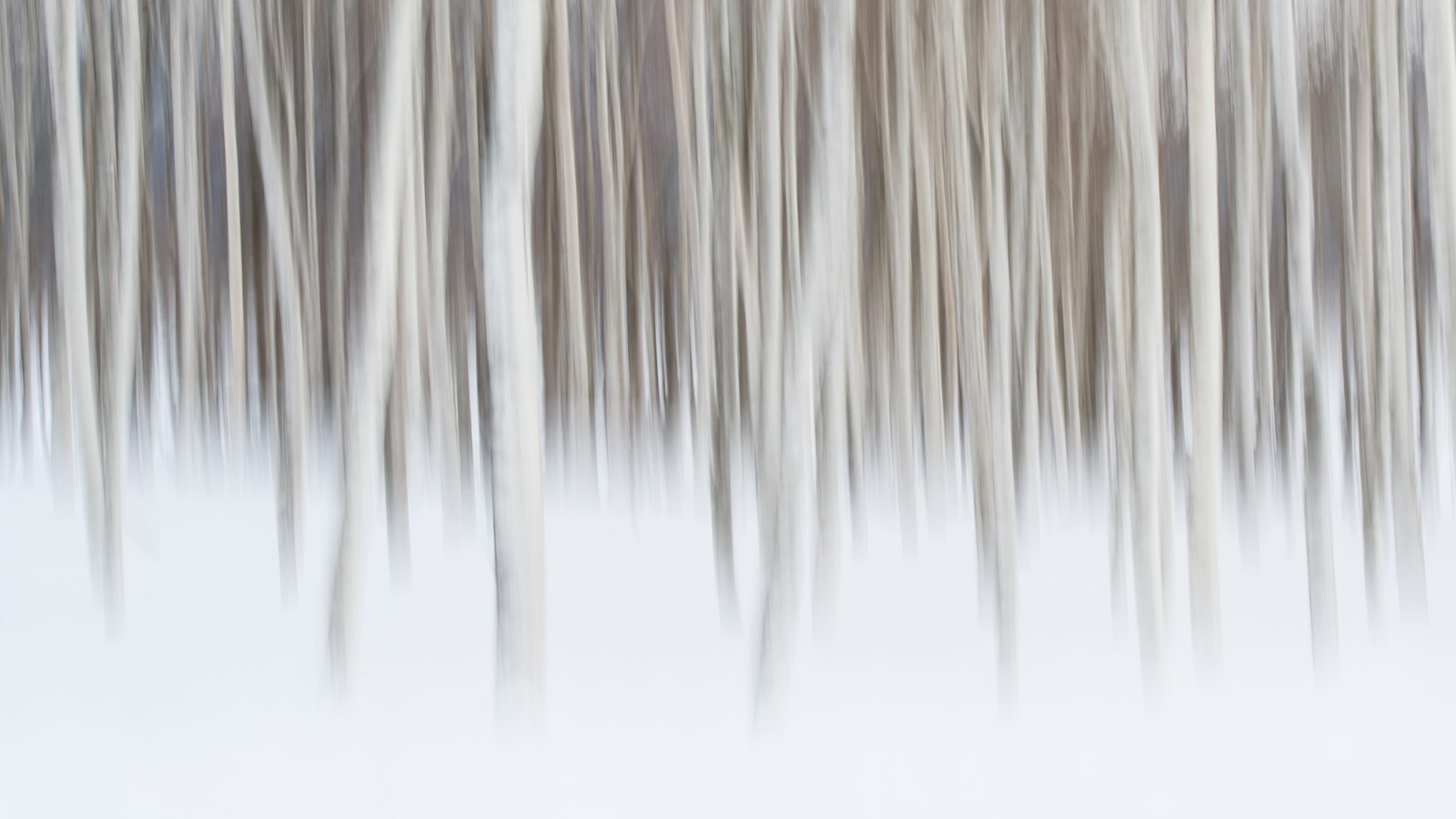
“I’m living a very exciting life, and I love what I do. I don’t ever want to do that at the expense of other people. I want to take every opportunity to help others. For me, there’s a great joy in that.”
Well, it sounds like it hasn’t kept your spirit down. Have you shared much about it publicly?
I have been quite public about my accident, and I’ve been thinking about writing a book about it. A lot of people talk about transparency and vulnerability, but I truly want to be transparent and vulnerable for the sake of connection. My audience is important to me: some of my best friends are people who I’ve met through my blog. They’ve been around long enough that when I’ve traveled through their towns, we’ve had coffee or a meal together or they’ve hosted me at their home. If you’re in a relationship like that—even if it’s distant, even if you haven’t met them in person—you need to honor that connection with truth-telling. It’s not about airing your dirty laundry, but when you have a near-death experience, like I did, it’s about saying, “This is what happened, and I’m doing okay,” and giving your readers a chance to cheerlead you for a while.
From a pragmatic perspective, my accident grew my audience like crazy. My manager jokes that I’ve never done anything better for my career than falling off that wall in Italy. What will happen next? Will I get kidnapped? (laughing) If you can live a great story, and tell a great story, then that engages people. It’s not about turning them into clients—they either will or won’t buy what you have to offer, and that’s their choice—but my choice is about making deeper connections. From the beginning, I made a conscious choice to be open about the struggle of learning to walk again. As a result, these incredible connections have come about in ways that I couldn’t have imagined.
That’s definitely a story for a book.
Yeah. Are you familiar with Steven Pressfield’s book, The War of Art?
Yes! That book kicked our asses into gear to make something, and what we ended up making was The Great Discontent.
It is a brilliant book, and I have so much respect for Steven. We shoot an email to each other once in a while—I wouldn’t say we’re close, but he knows who I am. Before I released my last book, A Beautiful Anarchy, I sent him a copy and told him how instrumental he’d been, especially through my recovery. He wrote back, “What an epic adventure you’ve been on.” And I replied, “Well, as Nietzsche said, ‘What doesn’t kill us gives us something to blog about.’” (laughing) You can either whine about your trials or identify them as waypoints along your journey, and that’s been my personal motto for the last three years. Steven wrote back and said, “That, my friend, is a deathless epigram.” That is what my next book will be about: the power of story, of being able to identify with and own both our victories and our defeats.
Do you feel a responsibility to contribute to something bigger than yourself?
I do. Responsibility would certainly be the right word, but obligation would not. It’s something deeper for me: I feel a desire to make the world a better place. I feel a responsibility because I do want to do more good than harm in my life. I’m living a very exciting life, and I love what I do. I don’t ever want to do that at the expense of other people. I want to take every opportunity to help others. For me, there’s a great joy in that. All we have is our legacy and, at the end of 70, 80, or 100 years, life will still appear to be very short. I want to leave a legacy with an impact that lasts at least a little longer than that.
Are you creatively satisfied?
Are any of us ever creatively satisfied? To some degree, isn’t that the great discontent? As a photographer, and, to a degree, a writer, my vision always outpaces my ability to express that vision. There is always a gap between want I want to say or do or make and what I can actually pull off. That’s not a bad thing: that gap is what pulls me forward. That longing and hunger makes me keep trying to do it better. At the same time, I’m tremendously content. It’s a paradox: in striving for what I haven’t yet achieved, as long as I’m living in the present and my happiness doesn’t depend on achieving something, it’s the striving that keeps me content.
What are you interested in exploring in the next 5 to 10 years?
I’m asked about plans a lot, and my partner, Cynthia, would say that she hasn’t met someone who plans out their life in advance as much as I do. When I hear that, I think, “Are you crazy? I don’t plan at all.” But if there’s something I want to do in, say, the next two years, it won’t happen unless I put it on the calendar. It goes along with the idea that your life is a jar, and the substance of your life is in the form of rocks; if you put the big rocks in first, then the little ones can fit around them. But if you fill your jar with all the little rocks first, then you won’t have room for the big ones—the most important ones.
Right now, one of those big rocks is doing more humanitarian work. I’m going to Northern Kenya this February; and a year from now, I’ll be traveling to Lesotho to photograph a project up in the mountains with shepherd children who are sent up to tend flocks, but have no opportunities for education. There are a few groups, one of which I’ll be working with, that sends teachers up to the mountains to educate the young shepherds while they continue doing what they need to do to feed their families.
A group I’m working with in Northern Kenya, the Boma Project, is involved with people who are called the world’s first climate change refugees. These people used to have a drought cycle of about seven years: a devastating drought would come, but because it only came every seven years, they had time to both prepare and recover from it. Now, because of how the climate is changing globally, that seven-year cycle has shortened so much that they no longer have time to recover or prepare for droughts. We now have these pastoral nomads who are eking out a living in some of the harshest environments on earth. We’re not even talking about helping them out of poverty—we’re talking about helping them out of extreme poverty and into a level of poverty that is sustainable, that is no longer constantly life-threatening.
I’ve been photographing a lot of landscapes lately, and part of the reason for learning to scuba dive is that I want to photograph in the water, and eventually do cold-water Arctic diving. The worldwide discussion about global warming is going to happen around the ice caps, and we are going to see dramatic change. I’m not going to get into why it’s happening, but it is happening. We have certainly been complicit in it, and whatever solutions science comes up with, it’s our responsibility to listen and be a part of them. At this point, like all of my creative projects, it’s a big, “What if?” What if I spent time in the water photographing some of what we have to lose? I don’t know how people presume we’re going to survive as a species if we lose this home we live on.
That’s as far as I’ve gone in my thinking. I want to keep taking photos, telling stories, and writing. The book I just put out, A Beautiful Anarchy isn’t about photography, it’s about being a creative human being. I have another book coming out in September called How to Feed a Starving Artist, which is about the notion of being your own patron. It’s an honest conversation about finances and will hopefully address some of the fear and shame people feel about their finances. Hopefully, it will open eyes to the hope of making a living as an artist, because the time has never been better.
What advice would you give to someone starting out?
The German writer, Goethe, said, “Whatever you can do, or dream you can do, begin it; boldness has genius, power, and magic in it.” That is one of the biggest keys for creatives: just start. It could totally blow up in your face, but you won’t know that until you’ve started. Maybe you look back at all the years you put The Great Discontent on the back burner and think, “Man, I wonder how much further we could have been ahead?” I’m not a big fan of looking back and having regrets about that, but looking forward, how can we use that? Well, if you have an idea that makes sense and you ask yourself the question, “What if?” just once, then do it.
The most human advice I can give is this: don’t do anything out of fear. Fear is the biggest obstacle to our creativity. I don’t believe it’s possible to live a life free from fear, but courage is not the absence of fear; it’s the willingness to act in the presence of fear. Listen to your fear, and then call bullshit. Fear is good at leveraging the negative answers to, “What if?” But if we unpack it and bring it into the light, it loses so much of its power. So much of what we struggle with is rooted in fear, whether it’s our shame or our unwillingness to tackle financial and time-management issues. If we could have a healthier relationship with fear, we would create more and have a healthier perspective about ourselves.
You mentioned living in Vancouver. How does being there impact your creativity or your work?
I don’t know how much Vancouver impacts my work. It certainly gives me the space and breathing room to recover from travel, scheme, and plan the next projects. I do a lot of my writing here, but I don’t know that Vancouver is my muse. In fact, if it was, I would photograph here more often. I love Vancouver, and I love the natural world. After I’m done photographing everywhere else on the planet, my next project will be to photograph my home country for a while.
Is it important to you to be a part of a creative community of people, and, if so, is that community mostly online or local?
My most consistent connection with the creative community is through the Internet, but I struggle with it. There is no substitute for real human contact. Online communities and my blog have been amazing ways for me to connect with people, and my best creative and business opportunities have come from online relationships that eventually became real-world friendships. The bulk of my friends are traveling photographers or people who are creative somewhere else in the world. If we do connect at all, it’s usually because we both happen to be flying through Bangkok at the same time, or we’ve arranged to travel together.
“Fear is the biggest obstacle to our creativity. I don’t believe it’s possible to live a life free from fear, but courage is not the absence of fear; it’s the willingness to act in the presence of fear.”
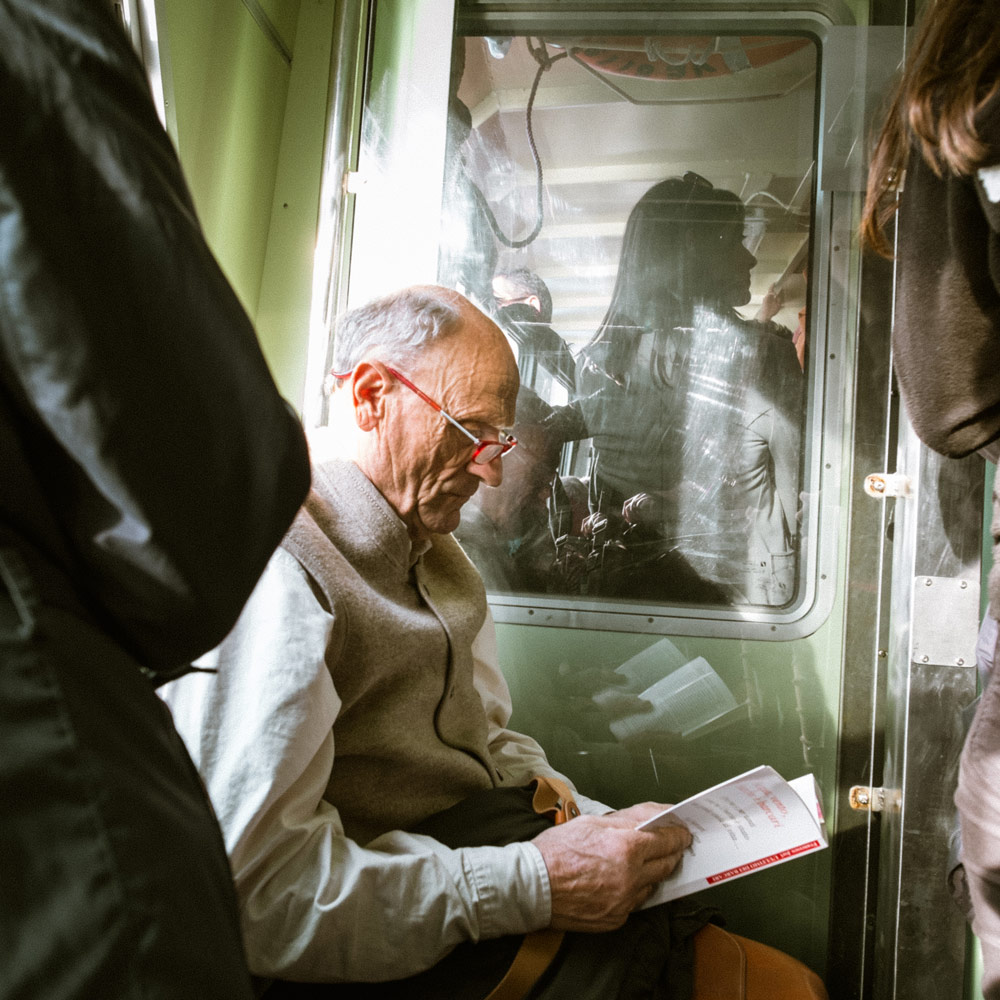
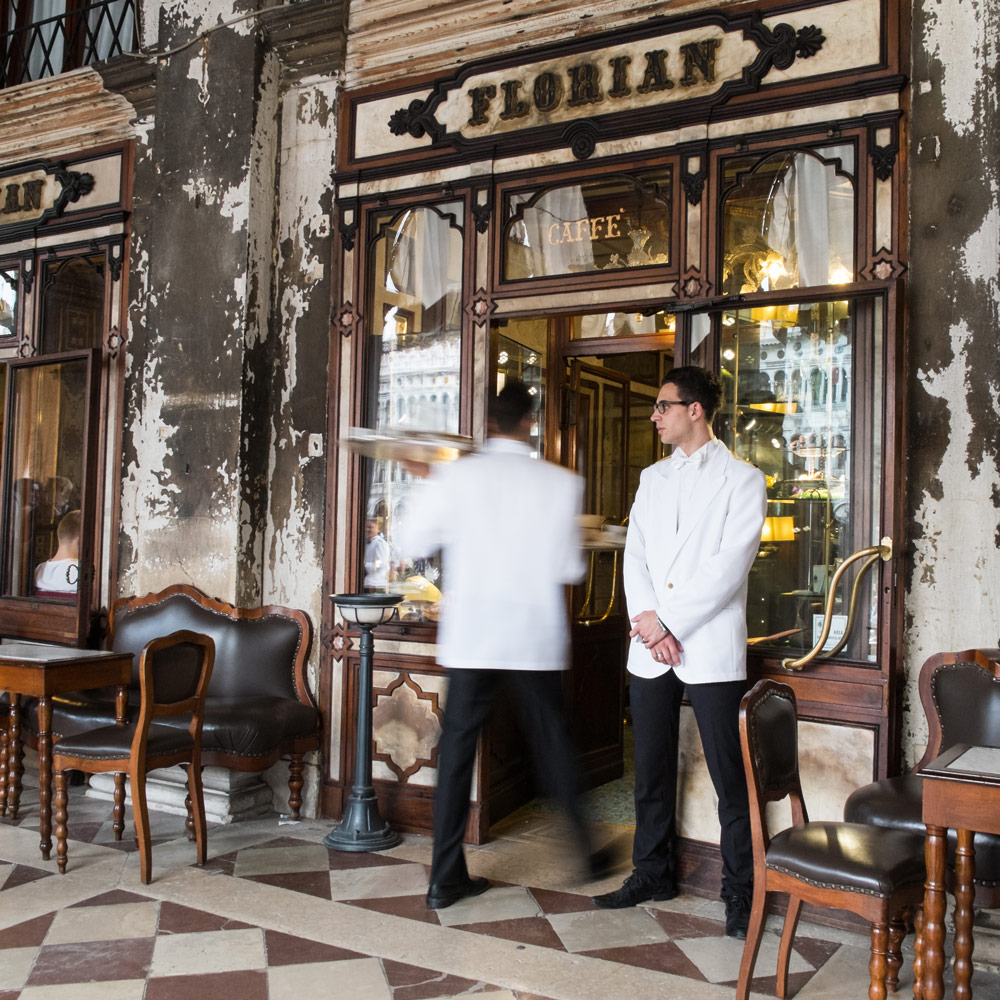
What does a typical day look like for you, if you have one?
Rather than a typical day, I have typical activities that break up into various days. If I am traveling, then that’s what I’m doing, but I will still have time to open the laptop and check in on the world: I will post something, tell a story, put some photographs up, and, in some way, share both my art and my life experiences. Then there are times when I’m at home, literally sitting at my computer or processing photos all day. When it comes to my writing, I’m very disciplined about setting aside blocks of time. I get up at roughly the same time, have coffee, and sit down to write. Today is split up among my conversation with you, having coffee with a friend, and making some photographs for the magazine we put out called Photograph.
I don’t think my work is always play, but my work is never a job. Work is actually meaningful: it’s not a bad word. I’m not doing this for someone else; I’m doing it for myself. And if I really don’t want to do something, then why am I doing it? Is that creative effort going to pay off if I’m doing something I completely loathe? The realization that my heart is no longer in a project is usually a sign for me to step back and reevaluate it. And just because I love doing this doesn’t mean it’s not hard work: you can genuinely enjoy something and have it still be an effort.
What music are you listening to right now?
I don’t consume a lot. I’m quite boring when it comes to music: I could probably listen to Van Morrison all day, every day. That’s pretty much what I listen to when I write. Another favorite is Canadian singer-songwriter, Bruce Cockburn.
I listen to those two a lot, but I like silence. If Cynthia goes out for the day, there’s no music—just street noise and silence. I start to miss silence if I don’t get enough of it, and I believe it’s because I’m profoundly introverted. Most people wouldn’t see that in me, but I get peopled out so quickly; noise drains me. I love being with people, but I don’t get my energy from it. It’s the same with music: when it’s on, I enjoy it, but when it’s turned off, I think, “Ah! I’ve been waiting for that silence.”
Do you have any favorite movies or TV shows?
I can binge-watch almost anything. When people tell me they don’t have enough time to do something, I harp on them by saying, “Turn off the damn television, turn off Facebook, and do your work.” But at the end of being creative for 10 or 12 hours a day, I’m so ready to put something on Netflix. I’ve binge-watched Breaking Bad, House, and Game of Thrones. Right now, we’re watching a legal and political drama called The Good Wife. We’ll watch movies and TV, but I’m a much bigger reader.
What are your favorite books?
I’ll read almost anything that I can get my hands on that’s decent. As a kid, I voraciously read Hemingway, which is probably where I got the romantic notion about throwing my possessions in a bag, heading off to travel, and sitting in a cafe in Paris with a bottle of wine.
Right now, I’m reading Kafka on the Shore by the Japanese author, Haruki Murakami. I love anything by Chaim Potok; he wrote a book called My Name Is Asher Lev, which was truly beautiful.
I also read a lot of nonfiction books about creativity, business, and even language-learning books. As creative people, we draw inspiration from what we input. Steve Jobs said, “Creativity is connecting the dots.” If you collect divergent, interesting dots from more sources, then you have more dots to play with when it comes to connecting and stringing ideas together.
Do you have a favorite food?
Sushi, hands down.
Ryan and I were just in Vancouver for press check for our inaugural print issue, and you have the best seafood there! It’s so fresh.
Yes, achingly fresh. We have a sushi joint on Granville Street called Shuraku, and it’s bliss. If I’ve had a bad day, the only thing I want to do is go there, have a bottle of sake and a big plate of fish on rice. Mmm!
I also love Italian food. Not Southern Italian, with the rich, tomato-filled dishes, but Italian seafood. Italy is one of my favorite places in the world. There is something about the food there. There is something about everything there—it’s paradise.
What kind of legacy do you hope to leave?
I have a feeling that my legacy will be left through my writing and not my photographs. I hope that what I leave behind encourages people to live their lives as humanly, transparently, and vulnerably as they possible can; I also hope it encourages others to take risks and live now, because, for most of us, the realization that life is short comes too late.
We don’t give that longing, that hunger, permission to speak. We don’t give ourselves the space to truly long for something and do something about it. The more intentionally we live our lives, the more willing we are to look at what we truly long for and make it happen. I don’t believe it’s selfish, and if it is, it’s selfish in the best possible way. I’d love it if, long after I’m gone, someone reads something I had to say and it encourages them to live their life with greater passion and intent.
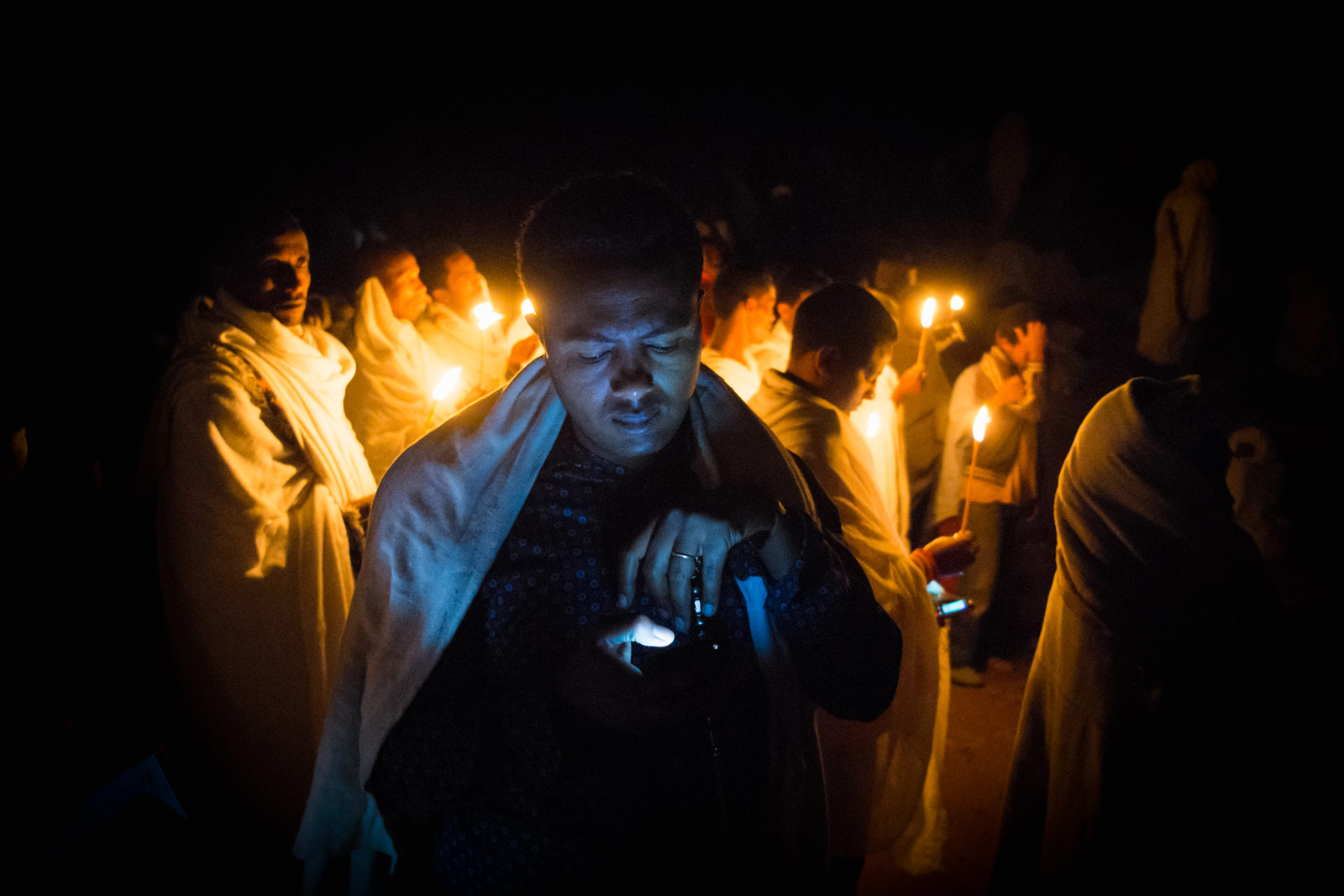
“The more intentionally we live our lives, the more willing we are to look at what we truly long for and make it happen.”